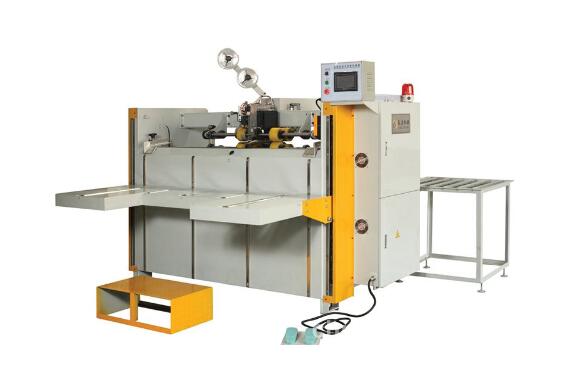The different types of varnishes available on the market are cured in different processes, so the properties of paper and paperboard using varnish must also be correspondingly different. Since the printing materials, inks and varnishes interact with each other, the optimization of the relationship between the three can significantly improve the overall performance, because changing one of the three at will does not always produce the same good results. If you choose an unverified substrate, the results may be very bad. Therefore, printing companies need to work with paper manufacturers and distributors to find the best printing materials for all varnishes.

Process practice shows that the quality and characteristics of paper directly affect the quality of glazing products to a large extent. For example, due to the smooth surface of coated paper, the gloss effect is significantly improved after glazing. The surface of whiteboard or offset paper is rough, and the effect after glazing is relatively poor, and the brightness is not enough. This is because the varnish is almost completely absorbed by the rough paper fibers.
In order to make up for the defect that the paper is easy to absorb oil and the gloss of the printed product is not glossy, the casein primer can be applied on the surface of the printed product first, and then the glazing can be performed. Brightness to ensure glazing quality.
The operation of coating and drying of varnish requires a certain level of knowledge and skills in printing press operation. When switching to a different varnish, it is important to test its compatibility with the substrate and all other required finishing forms.
Also ensure that the acidity of the substrate does not delay the drying or curing process. Nowadays, paper and paperboard are usually pH neutral because lower cost calcium carbonate can be used as filler and coating. In an acidic medium, calcium carbonate will decompose, and bubbles of carbon dioxide will cause the ink and varnish to foam.
The roughness of the paper surface will directly affect the leveling performance of the UV varnish on the paper surface. When the surface of the paper is too rough, the flow speed of UV varnish on the surface of the paper is slow, and almost all the UV varnish transferred to the surface of the paper is absorbed by the rough paper, so that the film-forming substance in the UV varnish-photosensitive resin penetrates into the fiber During the UV curing, the gloss and brightness of the printed surface are not good. In addition, the roughness of the paper surface will also affect the reflection, diffraction and interference of ultraviolet rays, and the situation of causing the UV light to be reflected multiple times in the varnish layer, thereby affecting the curing effect.
The smoothness of the paper surface is not as high as possible. Papers with too smooth surfaces are generally not very absorbent, and the printing ink cannot effectively penetrate on its surface, causing the ink to crystallize on its surface to form a non-absorbent surface. When UV varnishing is performed on such a surface, the penetrating components in the varnish and the photosensitive resin will stay on the surface of the paper, which will not cure the varnish completely.
Select paper with good printing adaptability, or pre-print diluted white ink on the surface of the paper to change its surface roughness and delay the absorption speed. In addition, water-based varnish can be used as a primer to improve the printability of the paper surface, which can also improve the folding resistance of the printed matter.
Hot reading:
The high content of mineral oil detected in Dove is suspected that the ink on the packaging paper is contaminated by e-commerce, the carton industry is booming, and the two men set fire to the factory. They want to take over the entrepreneurial e-commerce to promote the increase in the price of imported waste paper. The report recently released which "big events" will affect the packaging and printing industry citizen observation group to experience the movable type experience hall to witness the evolution of printing technology. The call of express packaging: do not limit too much weight and show the most beautiful self express packaging carton recycling 3 years to save 1250 tons of paper The Green Linkage Plan has been successful. Jingcheng Mechatronics and Kangshuo Group jointly built a Beijing 3D printing additive manufacturing demonstration center
Editor in charge: Liu Yang
Interactive conference teaching touch all-in-one machine, integrating Windows and Android dual systems, injecting AI elements, focusing on multiple human interactions, display, movement, and interaction usher in a new smart classroom and smart conference, widely used in multimedia teaching And meeting scenes.
Our factory has a professional interactive whiteboard R&D team, has Conference Interactive Whiteboard, Teaching Interactive Whiteboard, conference all-in-one machine and interactive smart board full production line of products, and the products sell well at home and abroad.
Conference Interactive Whiteboard,Teaching Interactive Whiteboard,Conference All-In-One Machine,Interactive Smart Board
Guangdong Zecheng Intelligent Technology Co., Ltd , https://www.zechengsecuritys.com